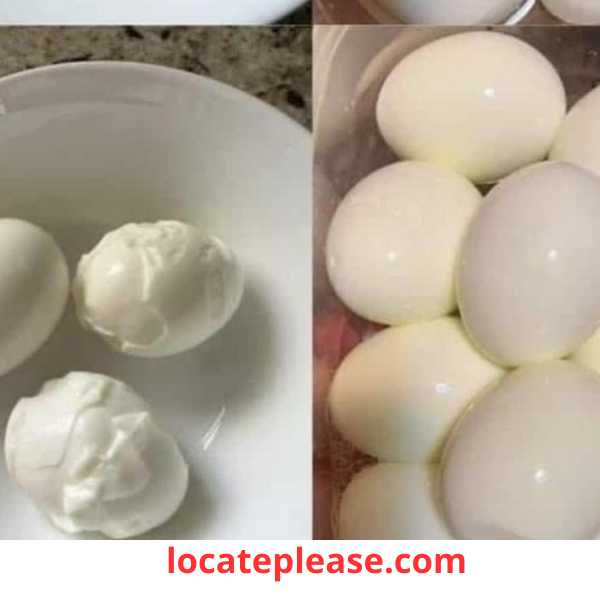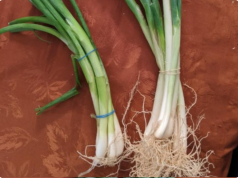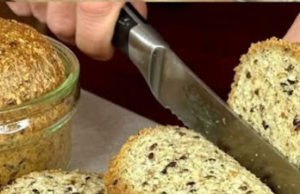Peeling hard-boiled eggs can feel like a game of chance—sometimes they come off smoothly, and other times you’re left with a pockmarked mess. But what if we told you there’s a foolproof hack that chefs swear by to ensure perfectly peeled eggs every single time? Whether you’re prepping deviled eggs for a party or meal-prepping egg salad, this clever trick will save you time, frustration, and wasted eggs. Let’s dive in!
—
## The Struggle is Real: Why Are Some Eggs So Hard to Peel?
Before we reveal the chef’s secret, let’s talk about why peeling hard-boiled eggs can be such a challenge. The culprit lies in the egg itself. Fresher eggs have a tighter inner membrane that clings stubbornly to the white, making them harder to peel. As eggs age, their pH levels increase, loosening the membrane and making older eggs easier to peel. However, unless you’ve planned ahead and aged your eggs, this isn’t always practical.
Enter the **chef’s clever hack**—a simple yet genius method that works regardless of how fresh your eggs are.
—
## The Chef’s Hack: Baking Soda to the Rescue!
### What You Need:
– Eggs (as many as you need)
– Water
– 1 teaspoon baking soda per quart of water
### Why It Works:
Adding baking soda to the boiling water raises the pH level of the eggs, mimicking the natural aging process. This loosens the inner membrane, allowing the shell to slip off effortlessly after cooking. It’s a science-backed trick that chefs use to achieve consistently smooth results.
—
## Step-by-Step Instructions
### Step 1: Prepare the Water
1. Fill a large pot with enough water to fully submerge your eggs.
2. Add **1 teaspoon of baking soda** for every quart (4 cups) of water. Stir to dissolve.
*Pro Tip:* If you’re boiling a dozen eggs or more, make sure your pot is large enough to prevent overcrowding, which can cause uneven cooking.
—
### Step 2: Gently Add the Eggs
1. Carefully place the eggs into the pot using a spoon or ladle to avoid cracking.
2. Bring the water to a gentle boil over medium-high heat.
*Why Gentle Matters:* A rolling boil can jostle the eggs too much, increasing the risk of cracks.
—
### Step 3: Cook the Eggs
1. Once the water reaches a boil, reduce the heat to low and cover the pot.
2. Let the eggs simmer for **9–12 minutes**, depending on how firm you like your yolks:
– **9 minutes:** Slightly soft yolk
– **10–11 minutes:** Firm but creamy yolk
– **12 minutes:** Fully set yolk
—
### Step 4: Cool Down Quickly
1. Transfer the cooked eggs to an ice bath (a bowl filled with water and ice cubes). Let them sit for at least **5–10 minutes** until completely cool.
2. Cooling the eggs stops the cooking process and makes them easier to handle.
*Why It’s Important:* Skipping the ice bath can lead to overcooked yolks and makes peeling more difficult.
—
### Step 5: Peel Like a Pro
1. Gently tap the wider end of the egg (where the air pocket is) on a hard surface to crack the shell.
2. Roll the egg gently between your hands to loosen the shell all around.
3. Start peeling from the wider end where the air pocket is—the shell should come off easily in large pieces thanks to the baking soda trick.
*Bonus Tip:* Peel under running water to help remove any tiny bits of shell.
—
## Why This Hack Changes Everything
Using baking soda transforms the peeling process from frustrating to satisfying. No more wasting half the egg white stuck to the shell or dealing with jagged edges. Plus, this method works whether you’re using farm-fresh eggs or store-bought ones, giving you consistent results every time.
—
## Extra Tips for Egg-Ceptional Results
### 1. Use Older Eggs When Possible
While the baking soda hack works wonders, slightly older eggs (about 7–10 days old) naturally peel better than ultra-fresh ones.
### 2. Store Eggs Pointy-Side Down
If you’re planning ahead, store your eggs pointy-side down in the fridge. This keeps the air pocket intact and centered, making peeling easier.
### 3. Invest in an Egg Peeler Tool
For those who frequently cook hard-boiled eggs, an egg peeler tool can streamline the process even further. Simply place the cooled egg inside, shake it, and watch the shell fall away.
—
## Beyond Peeling: Creative Uses for Hard-Boiled Eggs
Now that you’ve mastered the art of perfectly peeled eggs, here are some delicious ways to enjoy them:
– **Deviled Eggs:** Classic, creamy, and always a crowd-pleaser.
– **Egg Salad Sandwiches:** A quick and satisfying lunch option.
– **Salads:** Slice them up and toss them into green salads or grain bowls for added protein.
– **Snacks:** Sprinkle with salt, pepper, or everything bagel seasoning for a simple snack.
—
## Final Thoughts: Master the Art of the Hard-Boiled Egg
With this chef-approved baking soda hack, you’ll never dread peeling hard-boiled eggs again. Whether you’re hosting brunch, meal prepping, or just enjoying a snack, perfectly peeled eggs are now within reach. So grab a carton of eggs, a teaspoon of baking soda, and get boiling—you’ve got this! 🍳✨
Happy cooking (and peeling)!










